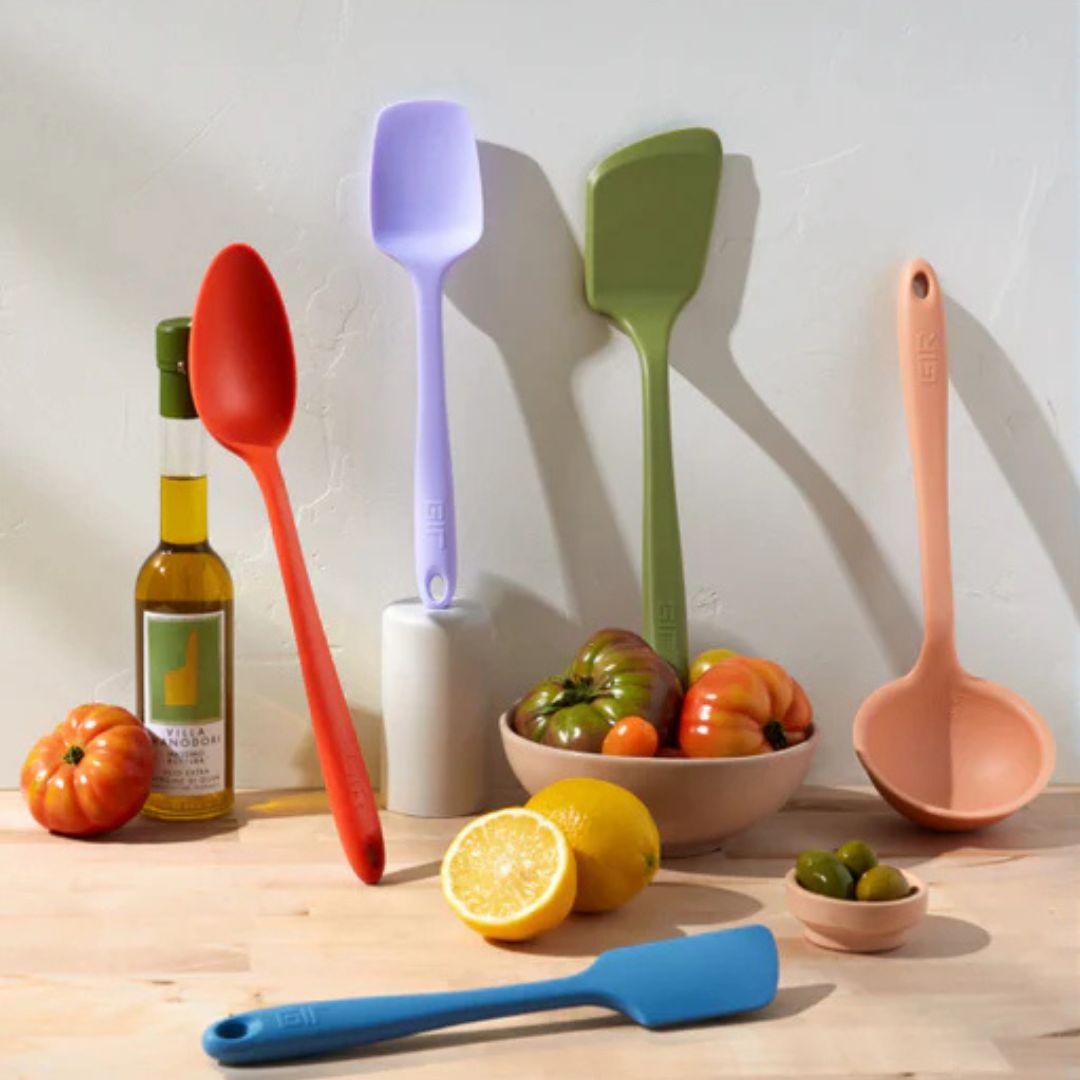When you're rushing to make breakfast or prepping dinner after a long day, the last thing you need is confusion about your tools. The spatula vs turner debate has left many home cooks puzzled. Aren’t they the same thing? Not quite. While both tools may look similar, they serve different purposes in the kitchen. This quick guide breaks down the key differences so you can choose the right one for the job—fast.
What Is a Spatula?
A spatula is a broad term that covers several types of kitchen tools. Typically, a spatula refers to a flat, flexible tool used for mixing, spreading, or scraping. There are three main kinds of spatulas:
- Scraping Spatulas: These are usually made from silicone or rubber and are ideal for scraping batter or dough from bowls.
- Offset Spatulas: Commonly used in baking for spreading icing or smoothing batter.
- Flipping Spatulas: Sometimes confused with turners, these are used to flip food but are often smaller or more flexible.
Spatulas are essential in both cooking and baking. Their soft edges and flexibility make them perfect for delicate tasks that require gentle handling.
What Is a Turner?
A turner, often called a flipper or lifter, is specifically designed to turn or flip food while cooking. It typically has a flat, wide blade with a handle, and it may be slotted or solid. Turners are made from various materials such as stainless steel, nylon, or silicone, depending on their intended use.
Turners are perfect for lifting heavier items like burgers, pancakes, or fried eggs. Their rigid design offers more support compared to the flexible nature of spatulas.
Spatula vs Turner: Key Differences
Understanding the spatula vs turner difference can improve your cooking efficiency and prevent damage to your cookware.
- Functionality: Spatulas are ideal for mixing, scraping, and spreading, while turners are made for flipping and lifting food.
- Material and Build: Spatulas tend to be softer and more flexible, whereas turners are rigid and sturdy.
- Design: Turners often have slots to drain grease or liquid, a feature rarely found in spatulas.
So, if you're baking a cake, you’ll likely reach for a spatula. But when it's time to flip a grilled cheese sandwich, the turner is your best bet.
When to Use a Spatula
Spatulas shine in situations that require precision and care. Use a spatula when:
- Scraping cake batter from mixing bowls
- Spreading frosting smoothly on baked goods
- Mixing ingredients gently in a bowl
- Cooking scrambled eggs or omelets on non-stick pans
Silicone spatulas are especially useful as they are heat-resistant and won’t scratch your cookware. They also come in various shapes and sizes to match specific tasks in your kitchen.
When to Use a Turner
Turners are indispensable for stovetop cooking, especially when working with foods that need flipping. Use a turner when:
- Flipping pancakes, burgers, or fish fillets
- Lifting cookies from a baking sheet
- Serving lasagna or casseroles
- Turning delicate items without breaking them
If you're cooking with stainless steel pans or on a grill, a metal turner offers durability and strength. For non-stick pans, go with a silicone or nylon turner to avoid scratching the surface.
Choosing the Right Tool for Your Kitchen
For a busy kitchen, having both tools is ideal. But if you're short on space or budget, ask yourself how you cook most often. Do you bake frequently? Then a good silicone spatula is a must. Do you grill, fry, or cook meals on a stovetop often? Invest in a high-quality turner.
You’ll also find hybrid tools labeled as “spatula turners” in stores. These are typically turners with the name “spatula” used interchangeably. Just be sure to assess the tool’s shape, material, and rigidity before making a purchase.
Spatula vs Turner in Professional Kitchens
In professional kitchens, precision and speed are critical. That’s why chefs use tools specifically designed for the job. In this environment, there’s little confusion in the spatula vs turner debate—each tool has a clear, defined purpose.
Chefs often keep multiple types of spatulas and turners within reach, ensuring they can handle a wide range of cooking tasks without compromising quality. Home cooks can benefit from adopting a similar mindset, especially when cooking under time pressure.
Final Thoughts
Understanding the spatula vs turner difference can streamline your cooking process and help protect your cookware. While both tools might look similar to the untrained eye, their design and function are quite distinct. A spatula is your go-to for mixing, scraping, and spreading, while a turner is built for flipping and lifting.
In a busy kitchen, the right tool can save time and reduce frustration. Keep at least one of each on hand to stay prepared for any culinary challenge. Whether you’re whipping up breakfast, baking cookies, or flipping burgers, knowing when to use a spatula vs turner makes all the difference.

